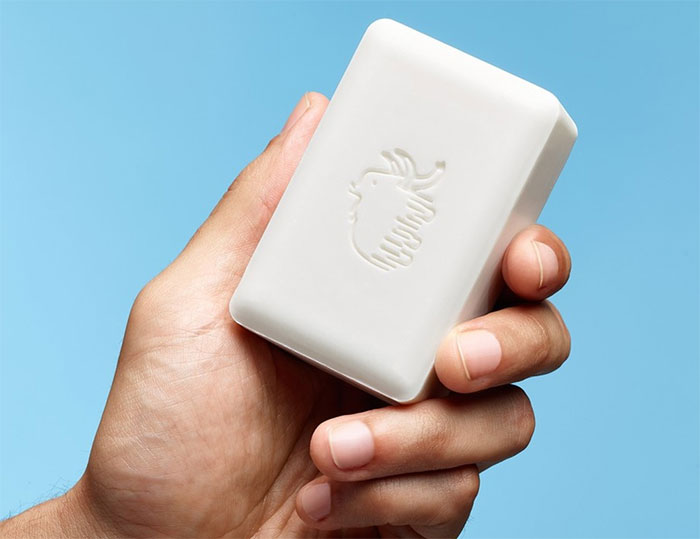When it was born, soap was not as important as it was associated with the lower class. Then, with the development of science and technology, the researchers proved that soap has a very good cleaning effect and has been widely used.
Who invented soap?
There are many theories about the birth of soap.
The first hypothesis is oriented towards the events of 3000 to 4500 ago in the historic land of Sumer, in the south of Mesopotamia (now southern Iraq). At that time, the textile industry of Sumer was very developed and was the source of fabrics for most of Mesopotamian countries.
Sumer then had large-scale production centers with more than 10,000 workers and hundreds of thousands of sheep for fur. Normally, to dye wool properly, weavers must remove the lanolin grease from the wool before dyeing it and must be done by hand.
The cutting, sewing, dyeing and production of woolen textiles is mainly carried out by women. One day, Ninisina – the young girl who historical researchers believed to be one of the craftsmen, accidentally noticed that the drops of woolen fat falling on the charcoal heap clumped together. These lumps when impacted with water will form foam and remove other stains very quickly.
This is the simplest and purest soap making recipe. These “soaps” are then used by the weavers to clean their textiles.
The second theory put forward by historical researchers is that around 600 BC in the ancient Roman Empire, a group of women “accidentally discovered” that clothes were washed on the Tiber below their hearts. Sapo (Rome) is much cleaner than other rivers. This is because a layer of ash and animal fat spilled out from the hilltop sanctuary, combined with water from the river to form a special detergent.
The names “saponification”, “soap” (“soap” in English or “soap” in French) are derived from the hill of Sapo.
The method of using wood ash in combination with animal fat for cleaning also appeared in Spain and England in ancient times.
300 years later, an Egyptian chemist, Zosimos de Panopilos, invented the process of making soap. This recipe according to explorers, pilgrims and merchants gradually spread to many other countries.
From something cold to something that everyone needs
At the time of its introduction, the soap was not taken seriously, although researchers have shown that it has a very good cleaning effect. It was not until the eighth century that an Arab intellectual, Jabir Ibn Hayyan, had the first records of the use of bath soap.
The reason is that it is mainly used for cleaning stains on the floor, washing clothes and other items, not washing hands. Especially when this work is often done by slaves, the soap is also unintentionally identified as belonging to the lower class.
 In the beginning, soap making was an exclusive technique that could only be done by small groups of producers.
In the beginning, soap making was an exclusive technique that could only be done by small groups of producers.
Another factor that prevents people from washing their hands with soap is that it is very expensive.
In the early days, soap making was an exclusive technique that was only available to small groups of producers. Over time, soap making was better known, but it remained expensive because the main ingredients from vegetable and animal fats and oils were not always available.
Soap prices fell dramatically in 1791 when a Frenchman named LeBlanc discovered a chemical process that made soap cheaper.
Over 20 years later, another Frenchman discovered the relationship between glycerin, fats and acids that marked the start of modern soap production. With 1800 methods of producing soap ingredients later invented, soap has become a popular product.
Soap was previously prepared by a saponification reaction to produce sodium salt (hard soap / cake) or potassium (soft soap). Both soaps form precipitates with calcium and magnesium ions and cannot be washed off with hard water.
Later, soap produced from petroleum overcame this shortcoming.
From the middle of the 19th century, soap breaks down into many product lines for different purposes such as laundry soap, hand soap, dish soap … with different types of soft cakes.
In the 1970s, liquid hand soap was invented and is becoming extremely useful today.


